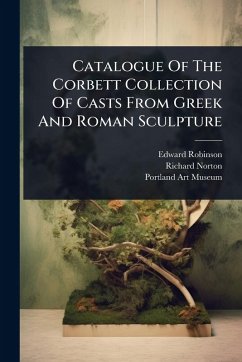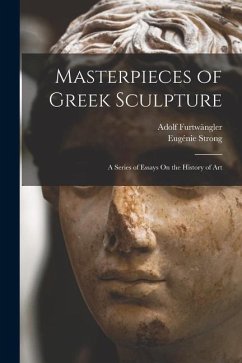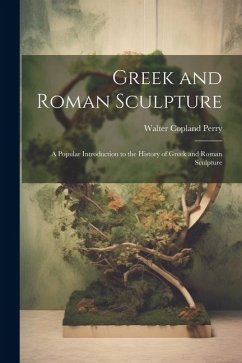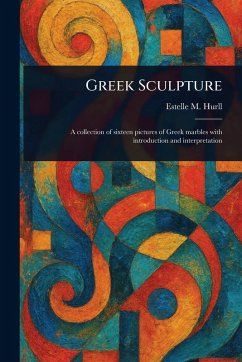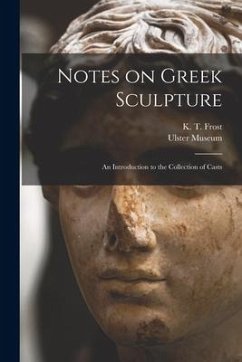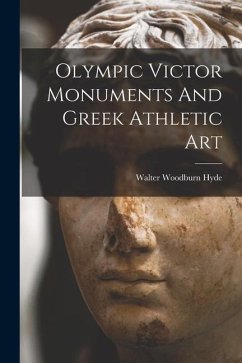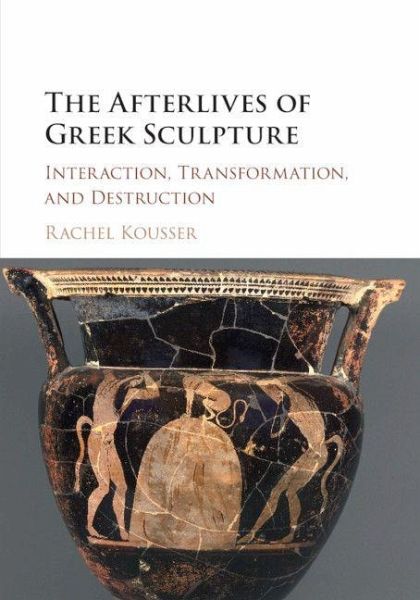
Rachel Kousser
Broschiertes Buch
The Afterlives of Greek Sculpture
Versandkostenfrei!
Versandfertig in über 4 Wochen
Weitere Ausgaben:

PAYBACK Punkte
21 °P sammeln!




The Afterlives of Greek Sculpture
Rachel Kousser is Professor and Executive Officer of Art History at the Graduate Center, City University of New York. She was educated at Yale University, Connecticut and at the Institute of Fine Arts, New York University, where she received her PhD in Greek and Roman art history. She has received fellowships from the Getty Research Institute, the National Endowment for the Humanities, the Center for the Advanced Study of the Visual Arts, and the Mellon Foundation. Her first book, Hellenistic and Roman Ideal Sculpture: The Allure of the Classical was published by Cambridge University Press in 2008. She has also written for such publications as the American Journal of Archaeology, the Art Bulletin, and Res: Anthropology and Aesthetics. Her research interests include Greek sculpture, cultural exchange through art, and the intersection of monuments and memory.
Produktdetails
- Verlag: Cambridge University Press
- Seitenzahl: 334
- Erscheinungstermin: 26. März 2020
- Englisch
- Abmessung: 254mm x 178mm x 18mm
- Gewicht: 581g
- ISBN-13: 9781107694682
- ISBN-10: 110769468X
- Artikelnr.: 59366355
Herstellerkennzeichnung
Libri GmbH
Europaallee 1
36244 Bad Hersfeld
gpsr@libri.de
Für dieses Produkt wurde noch keine Bewertung abgegeben. Wir würden uns sehr freuen, wenn du die erste Bewertung schreibst!
Eine Bewertung schreiben
Eine Bewertung schreiben
Andere Kunden interessierten sich für




